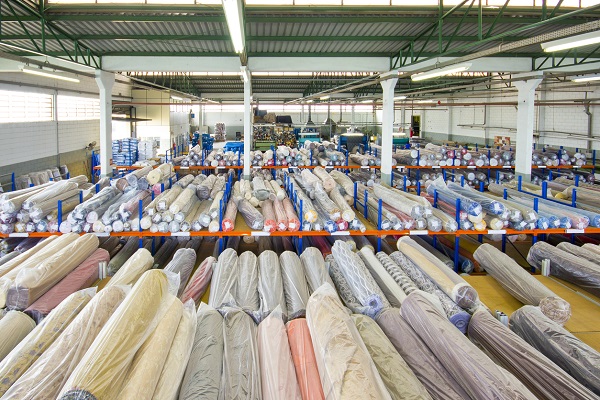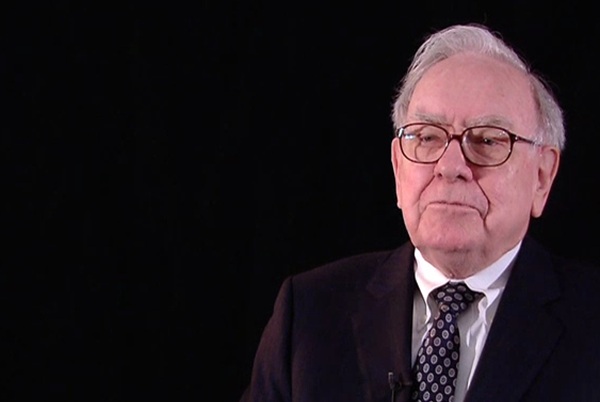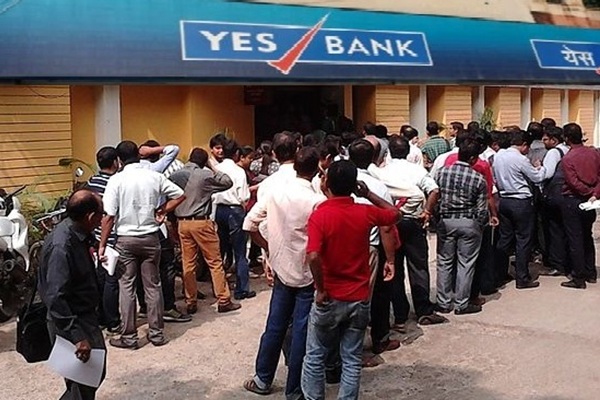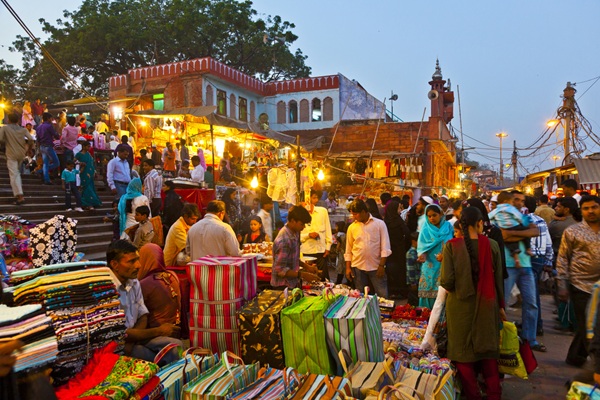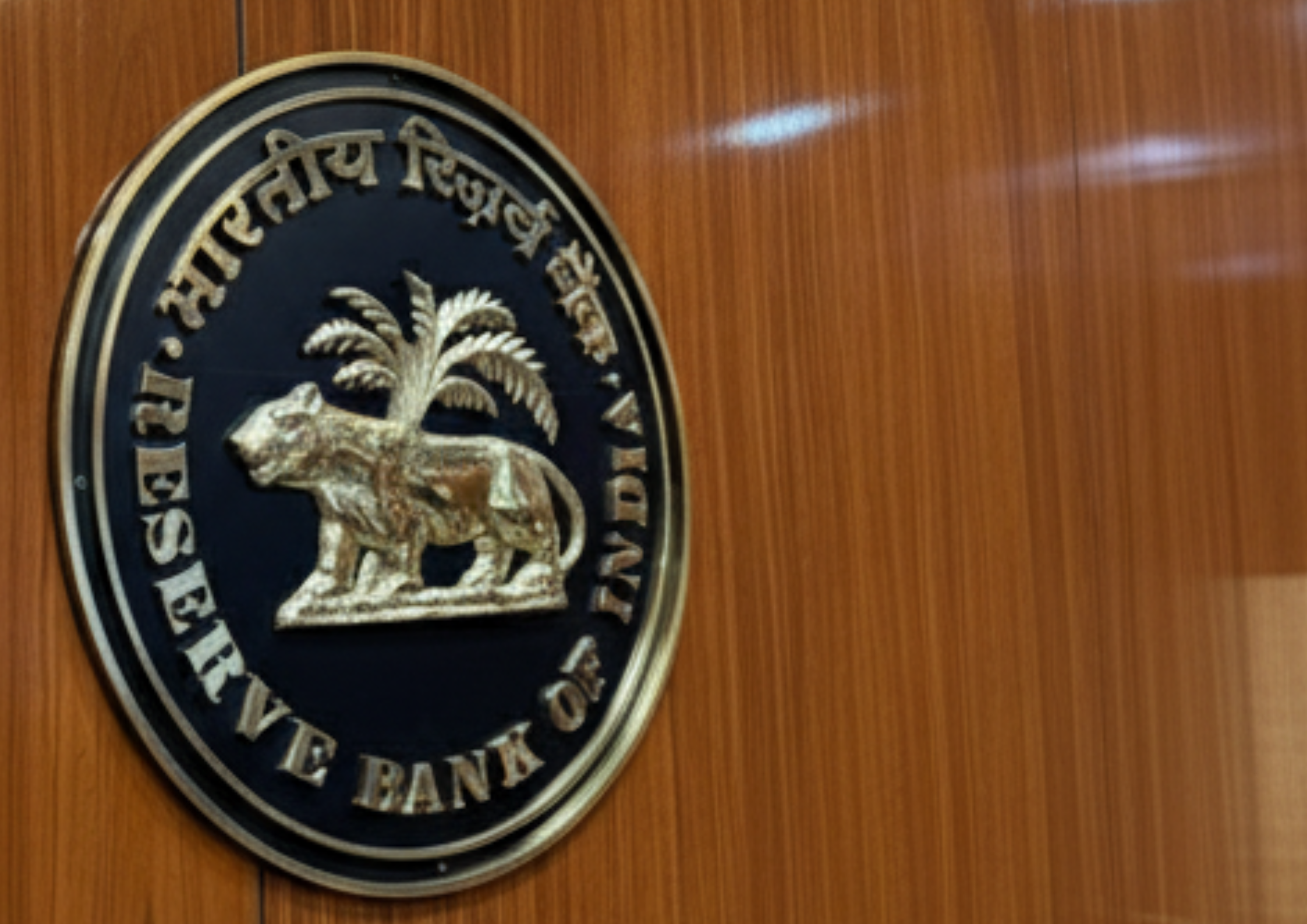.png)

Ajay Srivastava, founder of Global Trade Research Initiative, is an ex-Indian Trade Service officer with expertise in WTO and FTA negotiations.
November 13, 2025 at 6:19 AM IST
The Union Cabinet on Wednesday approved the Export Promotion Mission, a framework to strengthen India’s export ecosystem. However, the plan remains a broad outline that must be translated into workable schemes, and its budget appears too small for its ambitions. The initiative is a step forward, but its impact will depend on swift rollout, better coordination, and more funding.
The Cabinet approved an outlay of ₹250.60 billion for the mission over six years, till 2030–31. Announced in the 2025–26 Budget, the mission aims to establish a unified structure for boosting India’s export competitiveness.
The mission has two main components – Niryat Protsahan and Niryat Disha. The first will make trade finance cheaper for MSMEs through interest support, export factoring, collateral guarantees, credit enhancement, and credit cards for e-commerce exporters. Sectors hit by recent global tariff hikes — such as textiles, leather, gems and jewellery, engineering goods, and marine products — will get priority.
The second component will provide non-financial support, including assistance with export quality and compliance, better branding and packaging, participation in international trade fairs, export warehousing, logistics support, and inland transport reimbursements. The mission subsumes earlier schemes such as the Interest Equalisation Scheme and the Market Access Initiative.
The mission will be overseen by the Department of Commerce, the Ministry of Micro, Small and Medium Enterprises, the Ministry of Finance, financial institutions, export councils, industry bodies, and state governments. The Directorate General of Foreign Trade will serve as the implementing agency through an online system.
Despite its promise, the mission faces several weaknesses. Although announced in February 2025, it remains a broad framework. It now needs to be developed into detailed schemes with clear guidelines on eligibility, processes, and disbursal rules. A new online platform must also be developed. It may take several months before exporters start receiving any tangible benefits.
Funding is another concern. The mission’s total outlay of ₹250.6 billion over six years works out to less than ₹42 billion per year. Last year alone, the Interest Equalisation Scheme cost over ₹35 billion, leaving limited funds for activities such as branding, packaging, trade fairs, compliance, and logistics. The financial resources appear inadequate for the mission’s wide-ranging objectives.
There are also institutional challenges. While the DGFT has been appointed the implementing agency, key financial schemes such as interest subvention were earlier run by banks under the Reserve Bank of India’s supervision. Banks traditionally linked such disbursements with pre- and post-shipment credit. The DGFT will need to build new institutional capacity to perform this function, which could slow approvals and lead to operational delays.
Another concern is the slow pace of rollout. Although the mission spans six years till 2030–31, eight months of 2025–26 have already passed. Older programmes such as the Interest Equalisation Scheme and the Market Access Initiative, which were operational until last year, have made no payouts so far this year, leaving exporters unsupported during a difficult global environment.
The Export Promotion Mission is a welcome step, but its success will depend on quickly issuing detailed guidelines, ensuring adequate funding, and building strong coordination mechanisms. Without rapid operationalisation, exporters, especially MSMEs, may continue to struggle in a challenging global trade environment.
